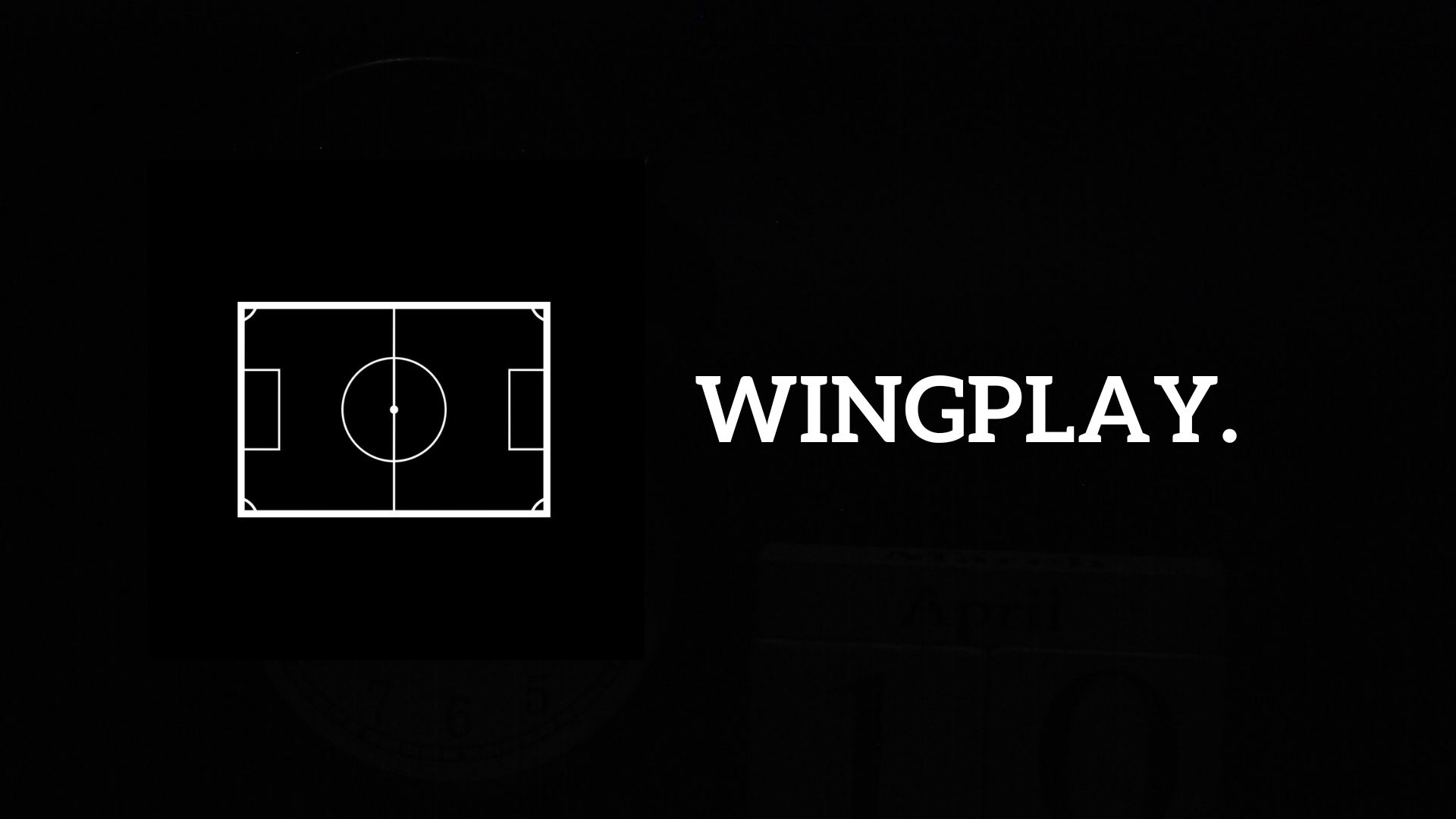Arguably, the term gegenpressing has become overly mythicised in recent years. Klopp’s success with both Mainz and Dortmund utilising the pressing idea, before bringing it to the Premier League has created a certain overcomplicated aura around the term.
Klopp himself remarked on his surprise at the fascination that English fans had with the system, when he took the helm at Liverpool.
At its roots, the term translates to ‘counter-pressing’, which, put simply, is immediately pressing the ball the moment it is lost in attack, aiming to stifle the opposition and force a double-turnover.
The system involves walking a fine line between aggressive counter-pressing and knowing when to drop back into your defensive structure. If a side fully commits to counter-pressing and is unsuccessful, their opposition have an extremely open counter-attacking opportunity.
Despite the term gegenpressing being synonymous with Jurgen Klopp in the modern game, the roots of the idea go much further back.
